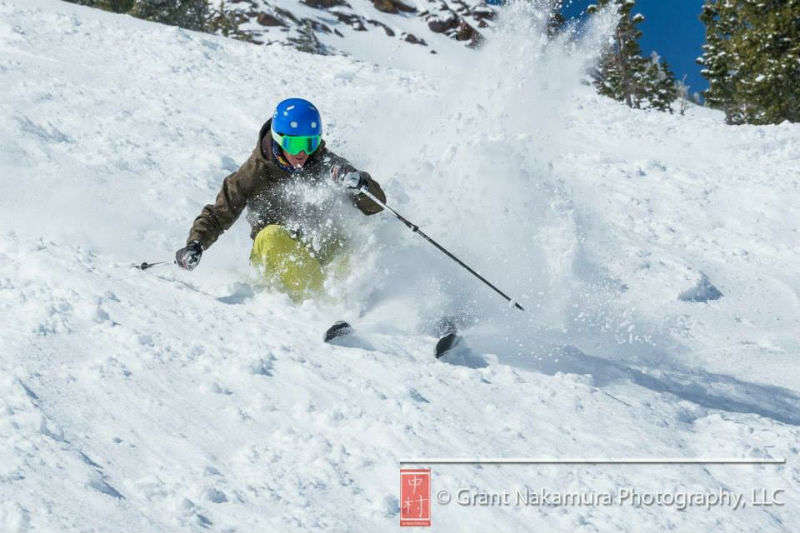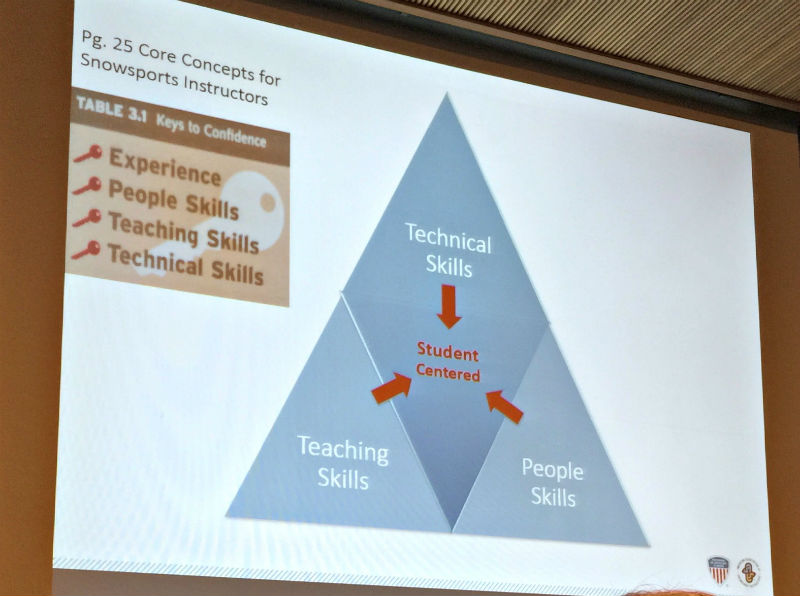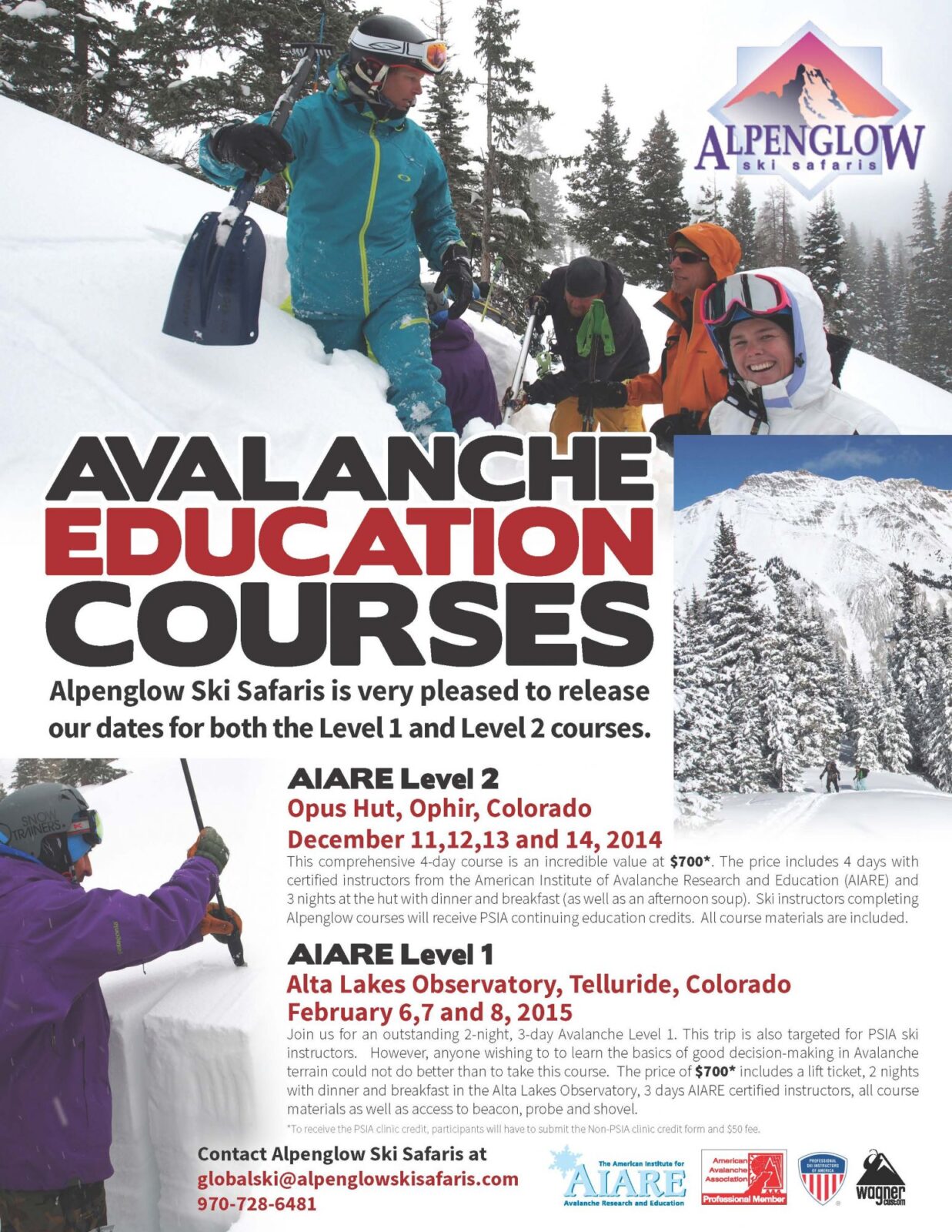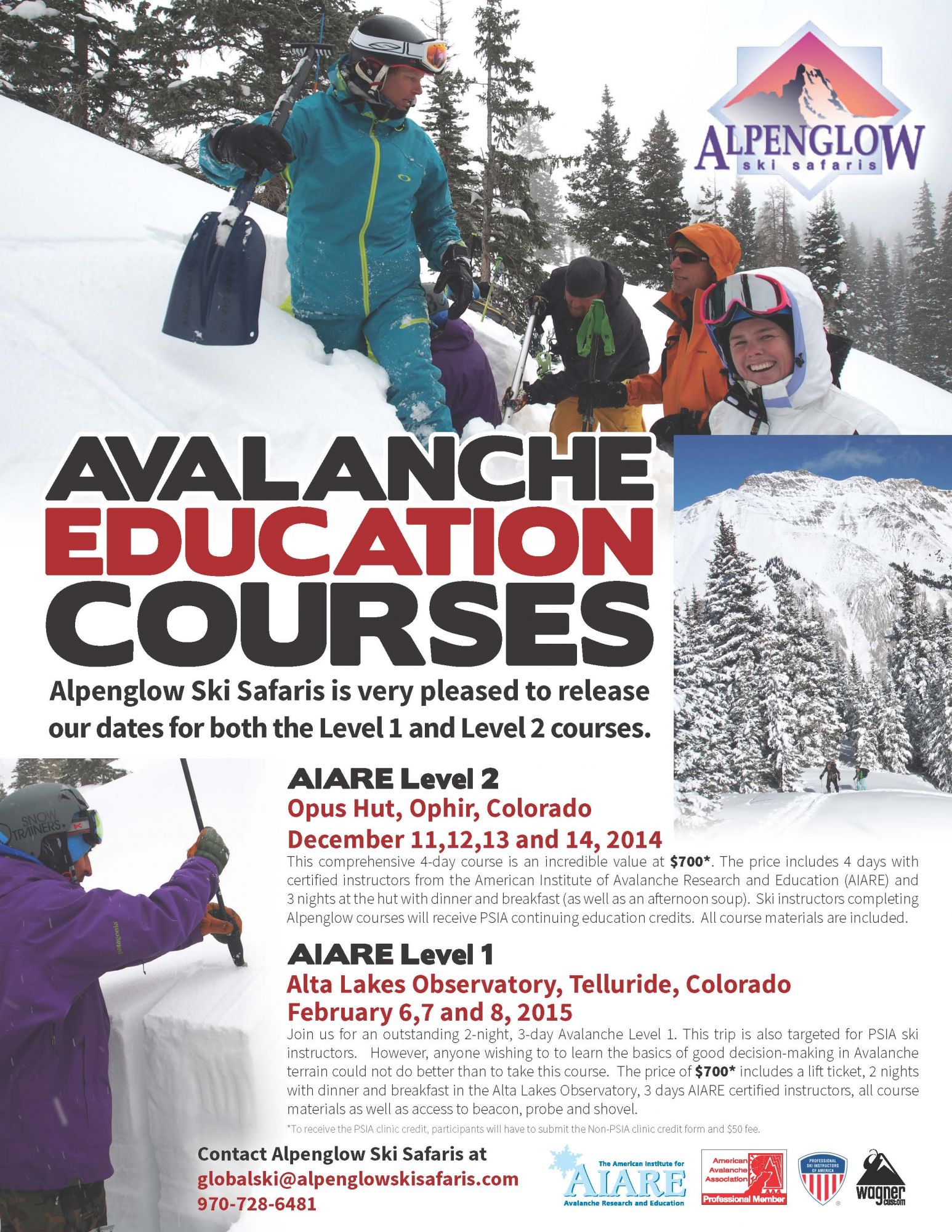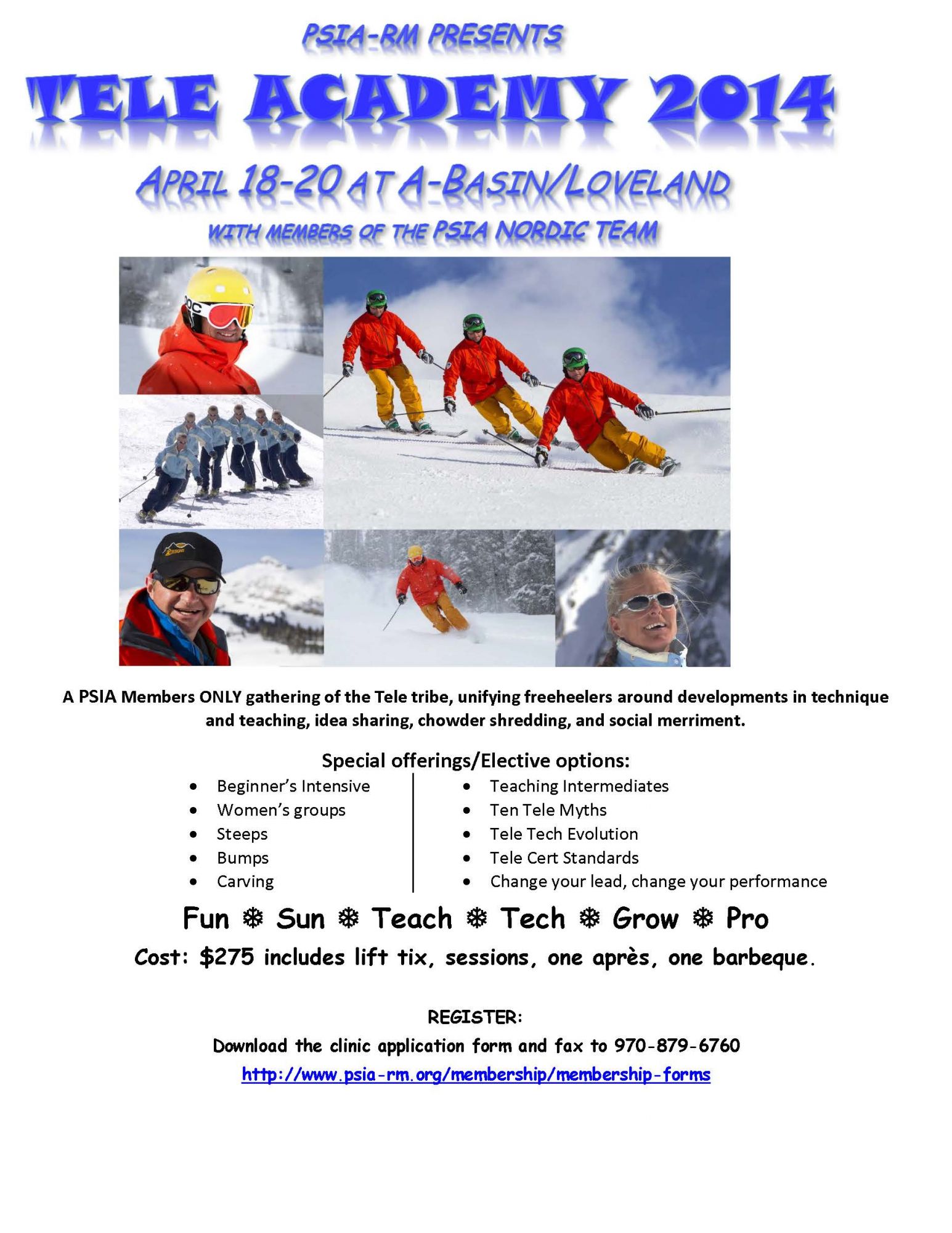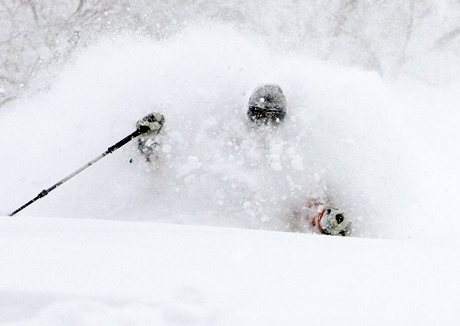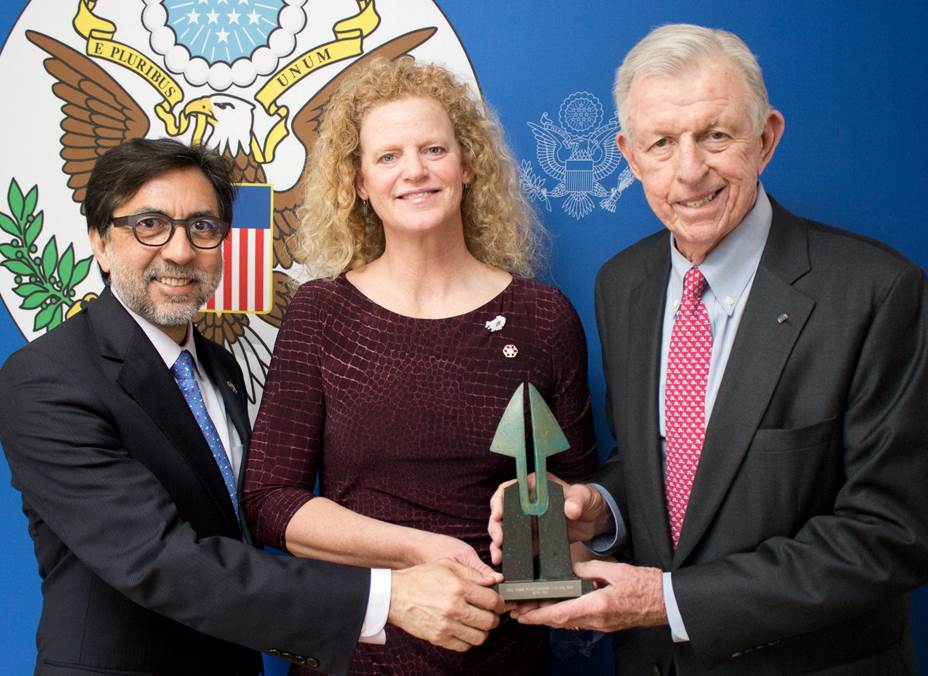July 9, 2013 A member’s Response to Eric Sheckleton Posts on Linkedin
Governance and Credentialing
For more information and to comment on the discussion, please go to the Linkedin PSIA group
http://www.linkedin.com/groups?gid=56609&trk=hb_side_g
GOVERNANCE
First, I want to thank you Eric for your time. I want to make sure that all of us, even though we
may disagree, do appreciate and thank you and the rest of the volunteers of PSIA-AASI for their
time. I also understand that all of our volunteers have been sincere in their efforts to do the best
job they can for the benefit of our organizations.
I will post governance comments here and credentialing comments on that thread.
In summary, here is what I hear you saying:
– You believe that ASEA is serving the divisions and can’t and won’t do anything unless the
divisions agree
– You believe that ASEA is responsive to the divisions
– You believe that ASEA has been communicating with the members appropriately regarding the
current issues
– You believe that the GTF was properly conducted and that everyone at the meeting agreed
– You believe that the Affiliation Agreement is appropriately crafted, in line with the purpose of
ASEA and the divisions, that protects the interests of the divisions and that all should sign it
First a general comments:
Regarding informing the members – Posting something on ASEA website pretty much assures
that not many members will see it. Publishing something in 32 Degrees means that many will
read it, but it might be dated and not relevant. Emailing it assures that more people will read it
and it will be timely. Publishing something any place that only represents one side of an issue, is
biased and not good reporting. This has unfortunately been the case in all the ‘informative’
emails that ASEA has sent out. The email sent out to RM members regarding their withdrawing
from the CRM was condescending and written to create questions in the minds of their members.
IMHO, it was inappropriately phrased. It seems that ASEA has room to improve regarding
communication if ASEA truly wants to be responsive to the needs of the divisions.
1. ASEA BOARD ACCOUNTABILITY: The underlying premise that the divisions are ultimately
in control and that ASEA is there to meet their needs is flawed. Our current system of governance
is in conflict with that premise.
Currently, ASEA is governed by a board that is not representative of the divisions, but which
claims to represent all the individual members. Therefore, the divisions actually have NO SAY in
the governance of ASEA. Originally, national was the partnership of the divisions. It no longer is.
National was originally created by the divisions to help them do together what is better done
together. Starting back in 2007, the divisions were eliminated from the governance of ASEA. The
ASEA board representatives do not represent the divisions, but rather the members at large.
Therefore, the divisions do not have any direct vote on what the ASEA board decides to do.
July 9, 2013 In Response to Eric Sheckleton Posts on Linkedin
Governance and Credentialing2. AFFILIATION AGREEMENT: I find it difficult to understand how you and others can still be
so supportive of it when the divisions, representing 74% of the membership of ASEA, had their
attorneys review it and on professional legal advice, they did not sign it. The simple fact that it
was not signed by all should be enough evidence, that it needs to be revisited instead of simply
hoping that some re-education will compel the rest of the divisions to sign it. Please do not
continue to quote parts of the Affiliation Agreement as if it is some wonderful, albeit
misunderstood document, that is enforceable. It is not. If it were, it would have been signed by all
the divisions.
Regardless of how many times, you or others repeat that it is the divisions, etc. who are
important and running the show, the only logical conclusion of this current stand-off is that
ASEA has not been responsive to the divisions. Had ASEA been responsive, we would not have
non-affiliated divisions, a Joint Resolution (representing 74% of the membership) or a GTF.
3. ASEA EMPOWERED: It is obvious that the divisions have not been the ones in control, but
rather that ASEA has evolved to be the 10th organization that is separate and apart from the
divisions. THIS is the an issue with governance and THIS was not the intent of the original
organization. ASEA is not PSIA-AASI (except in the d/b/a’s).
4. JOINT RESOLUTION: IN addition, look at the Joint Resolution and the GTF. If ASEA is truly
being run by the divisions and is responsive to them and they are making the decisions, why did
you have divisions representing about 74% of the members object? Why did they have to meet
and create the Joint Resolution in order to be heard by ASEA?
5. MEMBERSHIP: That ASEA doesn’t think there is an issue with the current concept of
membership is illogical. If ASEA were a membership organization, then someone could join it.
They can’t. One first has to join a divisions to be able to join ASEA. Certainly the concept of dual
membership is confusing and should be cleared up. Membership is at the heart of the Joint
Resolution Group which wants to see us move to a clear definition of ASEA having the 9
divisions as its members. This would make it more of a partnership. However, this was barely
given air time at the recent GTF. Why?
6. GTF: IN regards to the GTF, clearly we have a problem with our current system of
governance. If our governance did not need changing, then we would not have the GTF. Contrary
to what the Agenda of the GTF meeting implied, it is not a matter of simply “educating” the nonaffiliated divisions. That idea was insulting.
Meetings can be organized and run that do not give all the participants freedom to truly say what
they believe. Look at the agenda of the GTF, look at the recommendations and look at RM’s
report. Had the GTF meeting been run in a more appropriate manner, RM would not have been
compelled to issue the report that they did.
ASEA has a track record of organizing such meetings. Tony Brown lamented the fact that often at
meetings everyone is in agreement, but afterwards that seems to fall apart. If this happens, I
would suggest you look at how the meetings are run and organized. That is an earmark of what
some refer to as kool-aid meetings.
7. INFORMATIVE REPORTS VERSUS RECOMMENDATIONS: There is a big difference in a
meeting report that could be issued immediately following a meeting and conclusive
recommendations. The fact that the GTF issued recommendations that were not supported by all
is very sad indeed. The fact that you say that everyone agreed, (that you are trying to use that to
justify the resulting recommendations by the GTF), points to the conclusion that you do not
believe that RM’s report has much to do with the way the GTF was run. Should not the fact that
RM felt so strongly not make you go back and question your evaluation of the GTF meeting and
its recommendations?
(It is odd that a group would want to issue recommendations if it never took a vote after giving
the participants time to reflect over the suggestions with their constituents.)
It seems pretty obvious that since we have the results that we do, the GTF was not run in such a
way to allow everyone to speak their minds. I would look at the underlying ground rules,
premises and format of the meeting. There is no getting around the fact that this current GTF is
not working. You cannot disregard that fact.
8. INTERSKI COMMENTS: The comments we heard at Interski are not hearsay, PJ, myself and
others heard them made. I will let you know privately who said them, one person.
We have a long way to go right now regarding informing the membership about the issue of
governance. So far, the emails from ASEA have only portrayed what ASEA finds favorable. If
ASEA truly thinks it is responsive to all the divisions, this should be rectified.
I would hope that:
1. The fact that we have an unsigned Affiliation Agreement, a Joint Resolution and a crumbling
GTF;;
2. The fact that the divisions are not represented at all in the current structure of ASEA, not even
by the President’s Council;
that these lead to the conclusion that we do have a governance issue. More over, that to solve this
governance issue, the GTF is not the answer.
I would like to suggest that we to enter into a process of re-structuring, reconciliation and
growth such as Horst suggested – a process that would not be facilitated by ASEA, but rather by
the divisions, collectively. ASEA no longer is a partnership of the divisions. By its own creation,
ASEA is an independent organization separate from the divisions with a board that does not
represent the divisions. It is the #10, not a group of divisions. Therefore, ASEA cannot be the
unbiased organizer of any process to reform our structure of governance, especially if such
reorganization may well result in ASEA ceasing to exist in its present form.
Wouldn’t it be great if the executive director and ASEA board called the division leadership
together (presidents, staff and national board members) and ask, “What can we do to better help
you do your job of attracting, educating and serving our collective members?”
CREDENTIALING
First, I want to thank you Eric for your time. I want to make sure that all of us, even though we
may disagree, do appreciate and thank you and the rest of the volunteers of PSIA-AASI for their
time. I also understand that all of our volunteers have been sincere in their efforts to do the best
job they can for the benefit of our organizations.
I will post credentialing comments here and governance comments on that thread.
In summary, here is what I hear you saying:
– You believe that there is an issue with the consistency of the divisions regarding certs
– You believe that outside credentialing might improve the product for the members
– You believe that ASEA has been and has to be responsive to the needs and requests of the
divisions regarding accreditation and certification
– You truly believe that the standards are developed by the divisions under our current system of
governance
– You believe that SEP is working well and is the right program for us to follow
– Until more time is spent pursing the outside accreditations, you don’t know what implications
such accreditation will have on the divisions ability to certify if they don’t comply.
– Until more time is spent pursing the outside accreditations, you don’t know if national would be
in charge or not
– The 1986 agreement enables divisions to use the PSIA marks in conjunction with certification.
First a few general comments:
Regarding informing the members – Posting something on ASEA website pretty much assures
that not many members will see it. Publishing something in 32 Degrees means that many will
read it, but it might be dated and not relevant. Emailing it assures that more people will read it
and it will be timely. Publishing something any place that only represents one side of an issue, is
biased and not good reporting. This has unfortunately been the case in all the ‘informative’
emails that ASEA has sent out. The email sent out to RM members regarding their withdrawing
from the CRM was condescending and written to create questions in the minds of their members.
IMHO, it was inappropriately phrased. It seems that ASEA has room to improve regarding
communication if ASEA truly wants to be responsive to the needs of the divisions.
Discussion:
1. CONSISTENT STANDARDS AMONGST DIVISIONS: The underlying premise that the
divisions are ultimately in control and that ASEA is there to meet their needs is flawed. Our
current system of governance is in conflict with that premise.
Currently, ASEA is governed by a board that is not representative of the divisions, but which
claims to represent all the individual members. Therefore, the divisions actually have NO SAY in
the governance of ASEA. Originally, national was the partnership of the divisions. It no longer is.
National was originally created by the divisions to help them do together what is better done
together. Starting back in 2007, the divisions were eliminated from the governance of ASEA. The
ASEA board representatives do not represent the divisions, but rather the members at large.
Therefore, in regards to credentialing, the divisions do not have any direct vote on what the
ASEA board decides to do. This means that the creation and enforcement of standards is not in
the hands of the divisions, but rather ultimately in the hands of ASEA. We are fortunate that
ASEA has not yet exorcised this power, We are fortunate that there are “good” people involved
with our organizations.
One would assume, that like a good king, ASEA would listen to the divisions, but they don’t have
to. SEP, as it is designed, asks for further empowerment of the national office to carry out the
goals of SEP. SEP does not empower the divisions, but rather the national office.
The reason why the divisions are currently not on the same page is because ASEA stopped the
processes which had brought them together – the 2-3 times a year ed/cert meetings and examiner
exchanges. However, the tasks forces that the national office created to take the place of the ed/
cert meetings did not work. Without the divisions regularly meeting and having examiner
exchanges, they grew apart in their certifications. The fact that SEP was created to solve the
issue of consistency in education and certification is proof that the system set up by ASEA was
failing.
However, instead of going back to a system that had proven to work, SEP was developed to
enable ASEA and the national office to direct meetings by divisional reps as they saw fit. Of
course, those who attended those meetings welcomed them. However, the control of those
meetings was not as it had been, in the hands of the divisions, but rather now in the hands of the
national office. The current SEP only casually resembles the previous meetings of the ed/cert
managers.
2. CERTIFICATION OF THE CERTIFICATIONS: The argument that outside accreditation
would make our certifications more valuable is almost nonsensical. The Divisions and National
were originally established to certify instructors for the industry. It is and has been the industry
standard for years. All the resorts accept PSIA-AASI as the certifying agency and many grade
their pay scales on those certification. PSIA-AASI certifications have been accepted by an
international agency, ISIA. What more can you want? Having an outside accrediting agency enter
into the picture will not increase the pay of instructors or make the certifications more valuable.
There is no logical connection there.
Are we not already CERTIFIED ski instructors. Our certifications are already accepted as
industry standard. Becoming certified certified ski instructors will not improve this, but only will
cost us more and result in less control by the divisions.
IF and when there is accrediting by an outside organization, by definition, there will be set
standards that will have to be enforced. Even if you truly believe that ASEA is responsive to the
divisions; even if you truly believe that the divisions created the standards; it will still be ASEA
who will be responsible for enforcing those standards. By definition, that control will rest with
ASEA. The divisions will HAVE to comply or else their certifications will not be valid. Right
now, compliance is voluntary.
Why do you see the need to add that strong arm option of enforcement via an outside agency?
Don’t you believe that the divisions will comply if the standards are valuable? With valuable
standards, there would be no reason to not comply, so why do you see the need for an enforcer?
Don’t you think that there is another path to more consistency and excellence in our
certifications? We all agree that they could be improved and become more consistent amongst the
divisions.
I would rather see the divisions comply not by force via outside credentialing and enforcement
via ASEA, but rather by an ongoing mutually agreeable set of standards that are free to evolve
and that represent best practices and which are of value and work. This is a different route to
arrive at more consistency amongst the divisions. It is less rigid and more adaptable. We used to
be more consistent, so we know that it worked in the past. For a while, everyone even used the
same score sheet!
There is a big difference between facilitating, servicing, supporting and controlling. SEP is
designed and has been implemented to empower national, not to service and support the
divisions, but rather to service and support ASEA. While the underlying idea of getting the
divisions together is great, I believe we need to look revise the current mechanism, SEP, for
doing this.
Why is the board and executive director so opposed to allowing the divisions to once again
organize and work together? Financially, I am certain we could make this happen again.
We have a long way to go right now regarding informing the membership about the issue of
credentialing. So far, the communications have only portrayed what ASEA finds favorable. If
ASEA truly thinks it is responsive to all the divisions, this should be rectified.
Underlying this operational issue with credentialing is governance. The governance issue needs
to be rectified first. I would like to suggest that we to enter into a process of re-structuring,
reconciliation and growth such as Horst suggested – a process that would not be facilitated by
ASEA, but rather by the divisions, collectively. ASEA no longer is a partnership of the divisions.
By its own creation, ASEA is an independent organization separate from the divisions with a
board that does not represent the divisions. It is the #10, not a group of divisions. Therefore,
ASEA cannot be the unbiased organizer of any process to reform our structure of governance,
especially if such reorganization may well result in ASEA ceasing to exist in its present form.
Wouldn’t it be great if the executive director and ASEA board called the division leadership
together (presidents, staff and national board members) and ask, “What can we do to better help
you do your job of attracting, educating and serving our collective members?”



